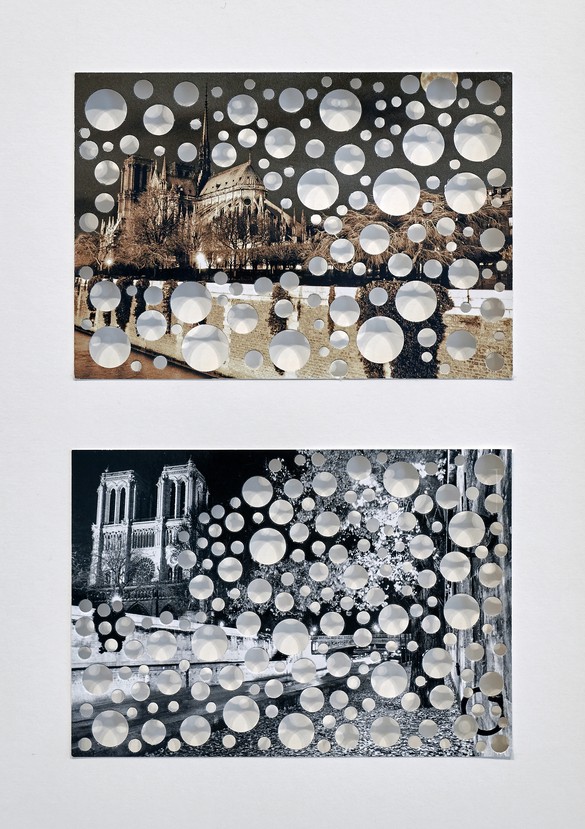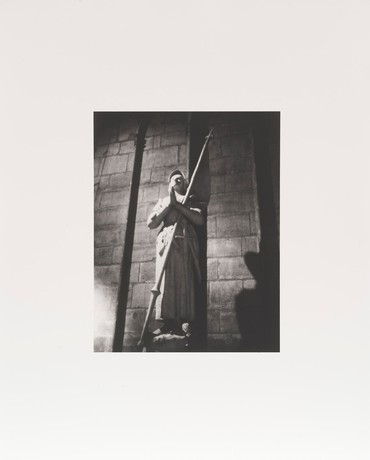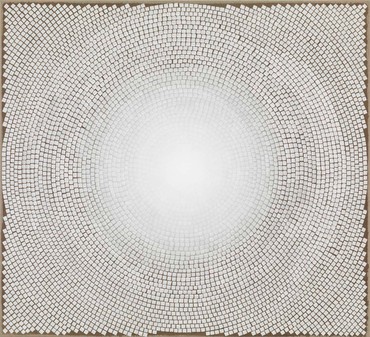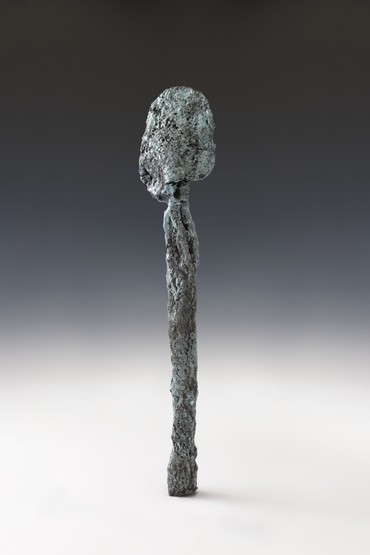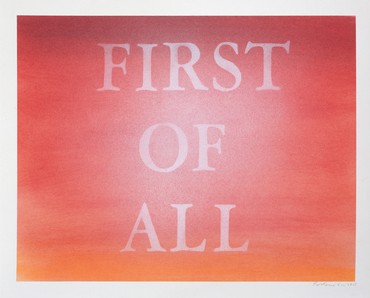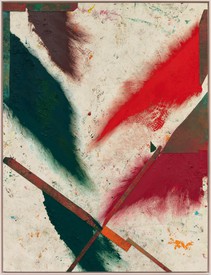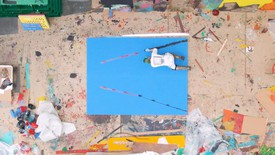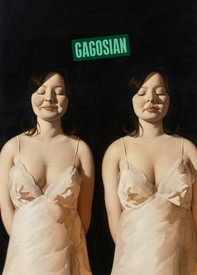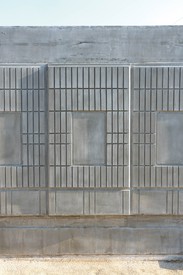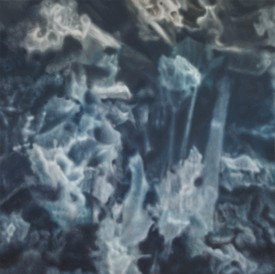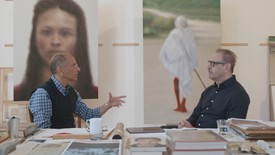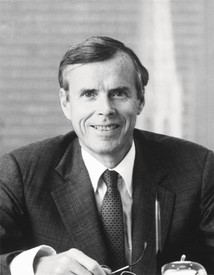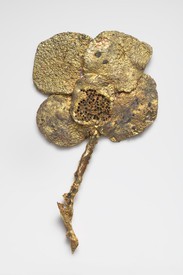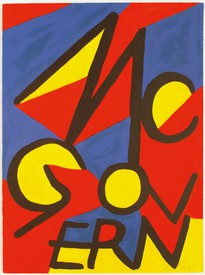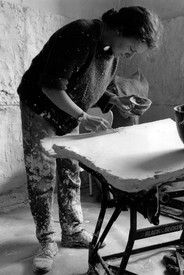Jennifer Knox White Serena and Jean-Olivier, how did this exhibition come to be?
Serena Cattaneo Adorno On seeing the terrible images of Notre-Dame burning on April 15, 2019, Larry Gagosian immediately felt that it was extremely pressing and important for the gallery to contribute to the restoration of this important monument. It was decided that an exhibition would be hosted at the Paris gallery, with all proceeds being donated to reconstruction efforts. We then invited artists with whom we collaborate to participate in the creation of the exhibition, and we were overwhelmed by the response. About thirty artists have contributed by donating a work to the exhibition—again, with all proceeds going directly to the reconstruction.
So many of the artists we work with feel a strong connection to this city. The gallery opened here in 2010. Paris—and France as a whole—has been very generous to us and to the artists we work with over the years. Artists have had the opportunity to exhibit in incredible venues such as the Grand Palais, the Louvre, the Château de Versailles . . . So the opportunity to help to protect the heritage of this country has been met with enormous enthusiasm.
JKW You both live and work in Paris. What response have you seen to the fire and recovery efforts?
Jean-Olivier Després When the catastrophe happened, we were both in New York. We saw the images coming in and were completely devastated; we thought it couldn’t possibly be real. We started calling our friends and family to find out what was going on, and the reality was worse than we could have imagined. We didn’t know at that moment whether the fire fighters would be able to stop the destruction.
But we realized that it wasn’t just Parisians who were devastated; a lot of people around the world responded to the event in a similar way. Many philosophers, writers, and journalists have written about this in the weeks since, commenting on Notre-Dame’s significance not just for the French, but for the rest of the world as well. It’s a symbol, an icon, for many reasons, of course. It’s an architectural monument that has been standing for almost eight hundred years. It’s a monument of Gothic art. It’s a symbol of Paris. Throughout the centuries, many great artists have represented Notre-Dame. David’s depiction of the coronation of Napoleon, which you can see at the Louvre, is set inside the cathedral. Famous photographers from the nineteenth century on have photographed both the exterior and the interior—Henri Cartier-Bresson, Robert Doisneau . . . Many painters have depicted it too: Claude Monet, Henri Matisse, and Pablo Picasso all made paintings of Notre-Dame; Edward Hopper painted it when he came to Paris in the early twentieth century.
For Parisians, Notre-Dame is very often in our daily lives.
SCA It is of course also one of the main destinations in Paris for people visiting the city. It’s a building that holds enormous significance well beyond its religious connotation.
It has been quite moving to see how artists from across the world, unanimously, have donated so generously to this exhibition to contribute to the rebuilding efforts. Some have donated works that relate specifically to France, and others have created works that are inspired by Notre-Dame by using imagery of the cathedral, allowing us to have a beautiful selection of works to offer.
It has been extremely impressive, too, to see this response extend to many others who have contributed to realizing the exhibition, from shipping companies to the exhibition designer, Cécile Degos, and have donated their services for the cause. This has allowed us to ensure that all of the proceeds, in their totality, will be donated to the Friends of Notre Dame and La Fondation Notre Dame to fund the reconstruction.
Seeing the worldwide support for protecting something that is so important to the arts has been inspiring. It is our mission to make this exhibition available to everybody, wherever they are, to make these works available and visible for the general public across the world. Notre-Dame is part of the heritage of France, but it’s also the heritage of the world, really, its history.
An Exhibition for Notre-Dame, Gagosian, Paris, June 11–July 27, 2019
